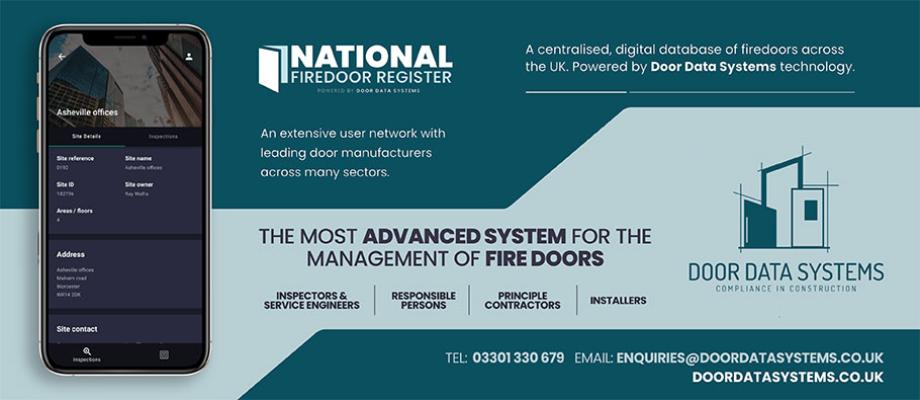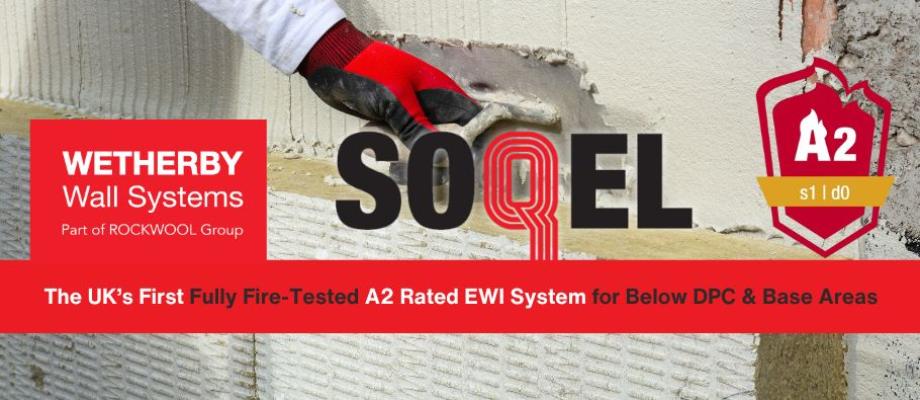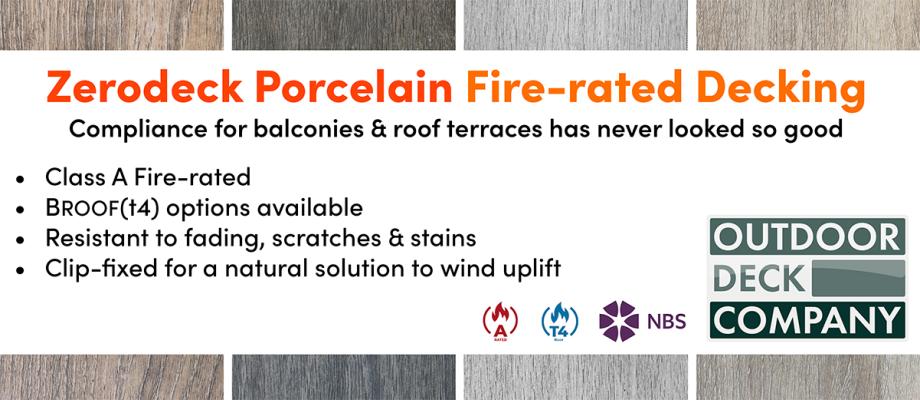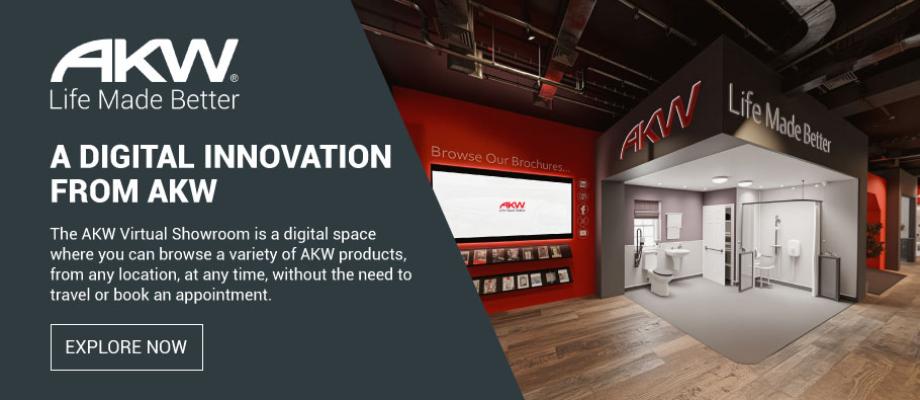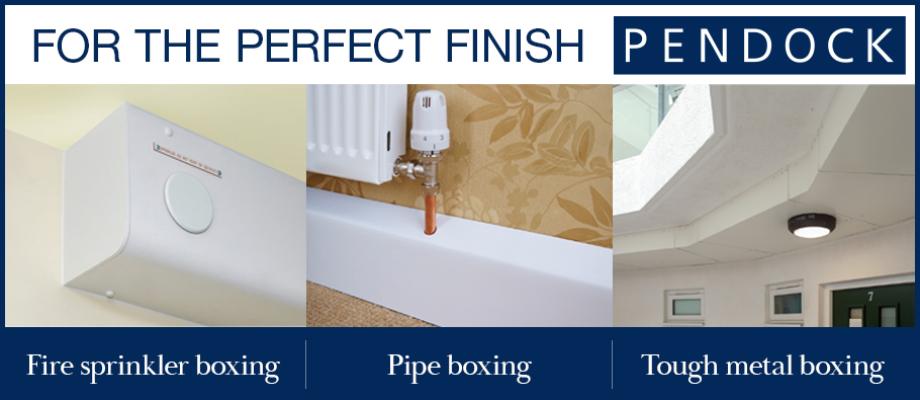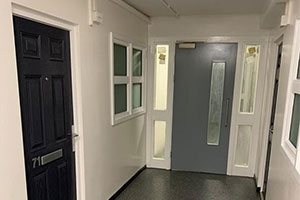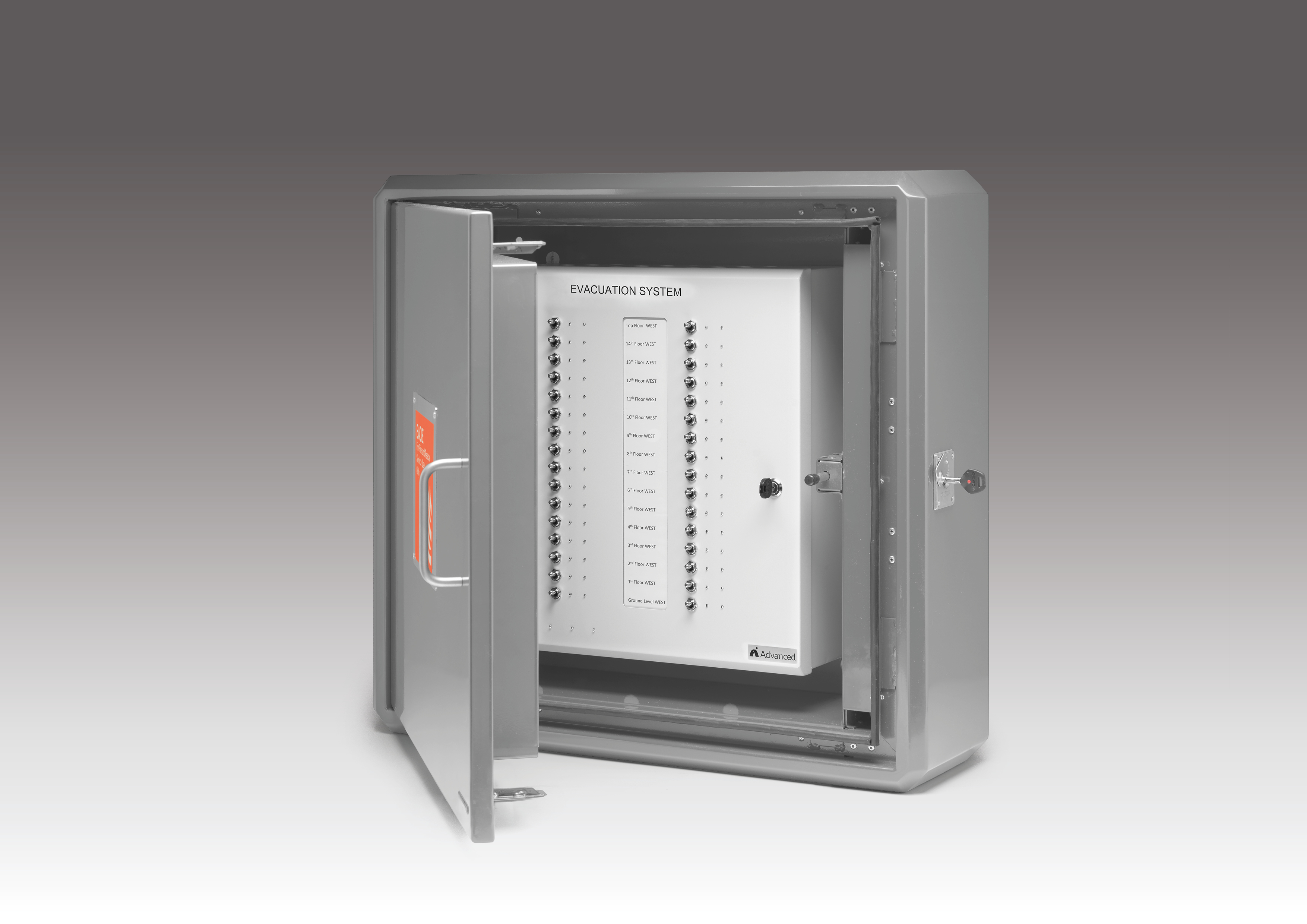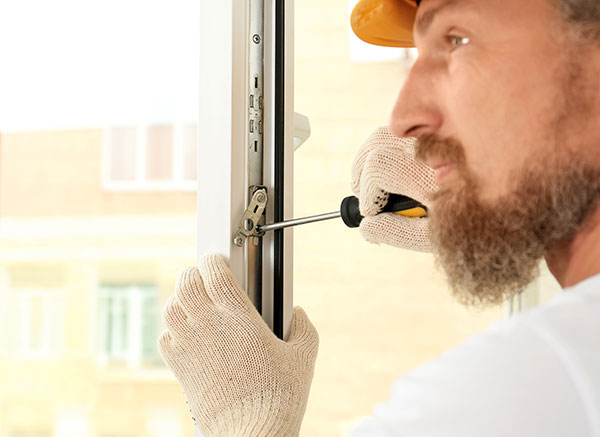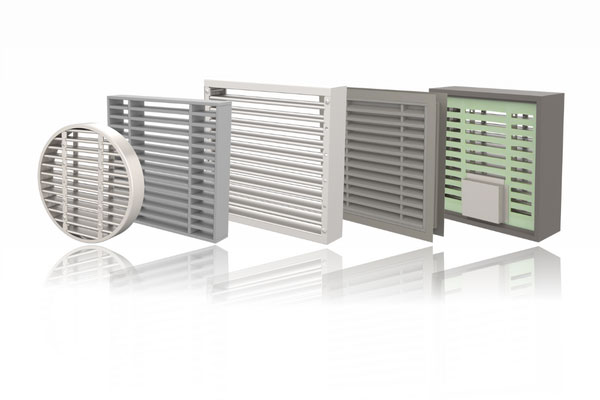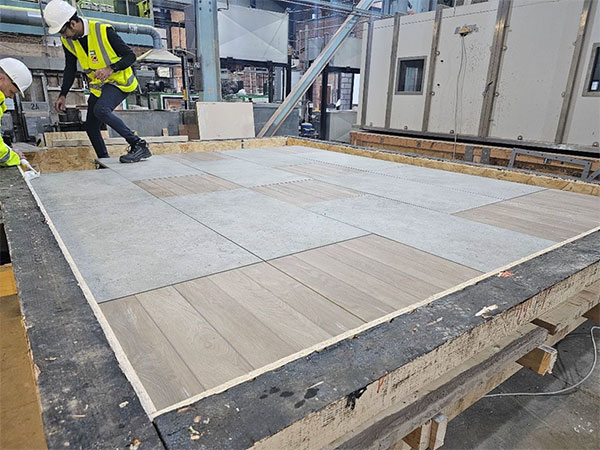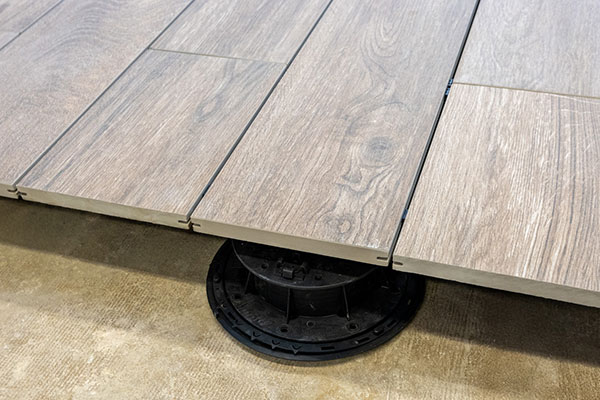Fire door compliance in the age of the super-regulator
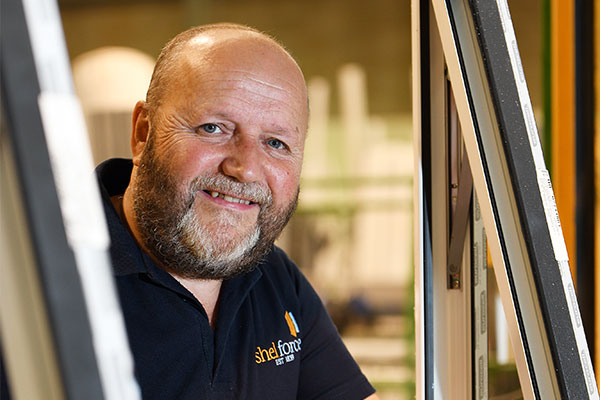
Howard Trotter, Business Manager at Shelforce reflects on the rise of the super-regulator, Gateway 2 and the golden thread.
Amid seismic regulatory change, one thing is clear: for local authorities and housing associations delivering social housing, the era of doing things by habit or assumption has passed.
As the manufacturing and supply partner for windows, doors and fire doors working directly with councils and housing providers, at Shelforce we believe this new landscape demands sharper clarity, stronger traceability and a supply chain that can genuinely deliver to the new standard.







